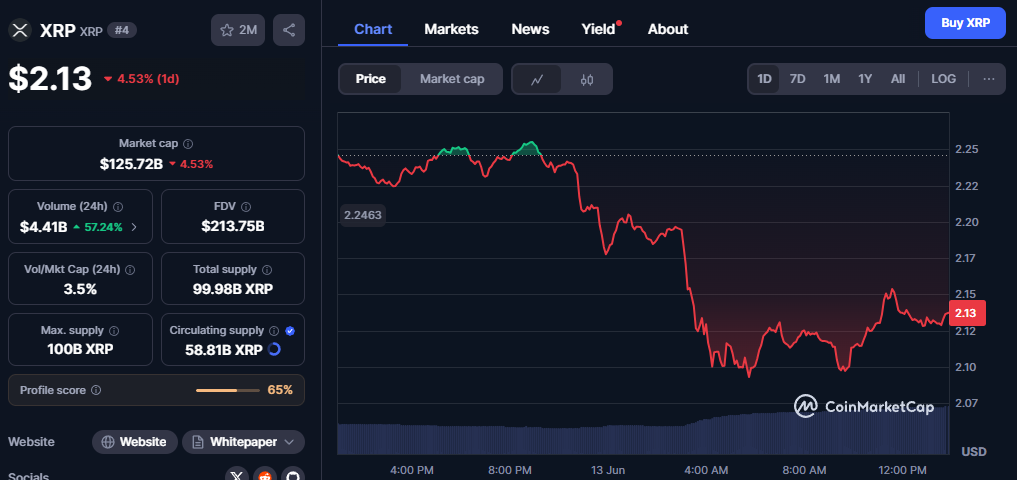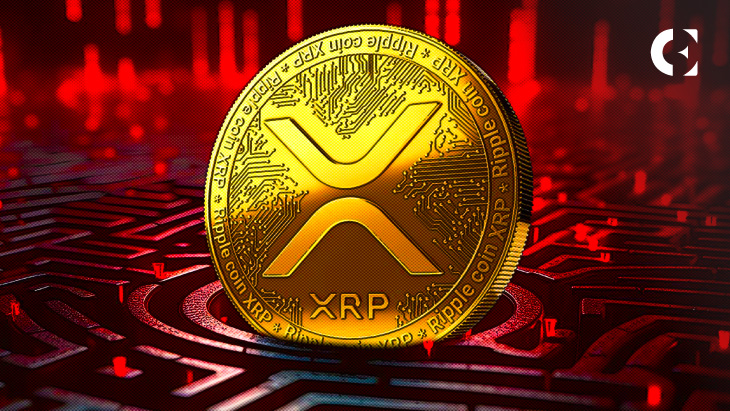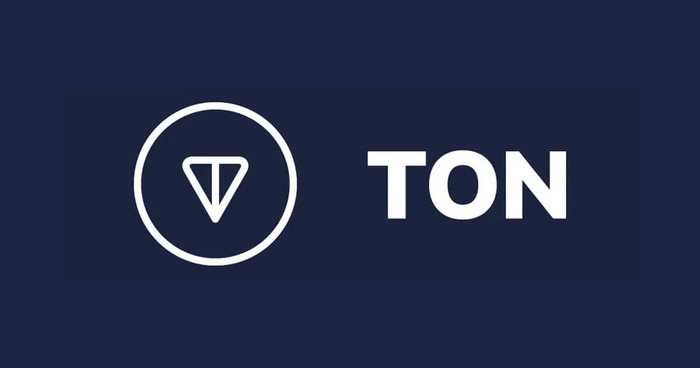- XRP is rapidly gaining traction across Asia, with countries like China, the UAE, and Japan integrating it into key sectors such as real estate, banking, and Web3 services.
- While Western nations debate regulations, Asia is quietly turning XRP into core financial infrastructure, signaling a major shift in global crypto leadership.
How Asia is Quietly Embracing XRP While the West Lags Behind
While the West remains entangled in crypto regulatory red tape, Asia is silently laying the groundwork for a new financial future—with ripple at the center. Across China, the UAE, and Japan, ripple is transitioning from a speculative digital asset to a vital part of national and sectoral infrastructure.

China Builds a $300M XRP Reserve
In a bold move from the private sector, China’s Webus is establishing a $300 million ripple reserve to support blockchain-based micropayments and loyalty programs. Unlike many Western initiatives, this reserve is not government-backed but spearheaded by corporate players, signaling deep private-sector confidence in ripple role in the Web3 economy.
This effort aims to integrate ripple into everyday life—transforming it from an asset people trade into a utility people use.
Also read: Ripple vs. SEC: Judge Torres’ Ruling Could Decide XRP’s Fate and End Years-Long Lawsuit
UAE Tokenizes Real Estate Using XRPL
The United Arab Emirates is also jumping ahead, piloting a real estate tokenization program through the XRP Ledger (XRPL). Investors can now buy fractional property shares for as little as AED 2,000 (~$545), making real estate more accessible and liquid.
Moreover, Ripple has earned the distinction of being the first blockchain-based payment firm authorized by the Dubai Financial Services Authority. This gives ripple both institutional legitimacy and an expanding foothold in Middle Eastern markets. Analysts predict a potential 21.5% increase in XRP value by 2026 driven by regional adoption.
XRP Gains Full Support from Japan’s Banking Sector in Major Adoption Push
Japan may be leading the ripple charge. Through SBI Ripple Asia, a massive banking consortium representing 80% of Japan’s financial institutions is pushing ripple-based solutions like MoneyTap. With top banking executives forecasting full-scale adoption across the sector in 2025, XRP is set to become a cornerstone of Japanese finance.
XRP Becomes Financial Infrastructure in the East, Not Just a Speculative Asse
In Asia, ripplre isn’t just another crypto asset—it’s infrastructure. From real estate to ride payments, it’s being built into the fabric of the digital economy. Meanwhile, Western markets, especially the U.S., risk falling behind due to regulatory inertia.
Unless decisive action is taken soon, the crypto capital of the world might quietly shift eastward.




